When it comes to animals, there’s a ton of misinformation out there—some of which is just downright outrageous. From the idea that a certain bird can carry off your baby to believing that an animal can predict the weather, myths abound. Today, we’re diving into 15 of the wildest animal myths that people still—somehow—believe. Let’s set the record straight and give these animals a break from the tall tales.
1. Bats Are Blind
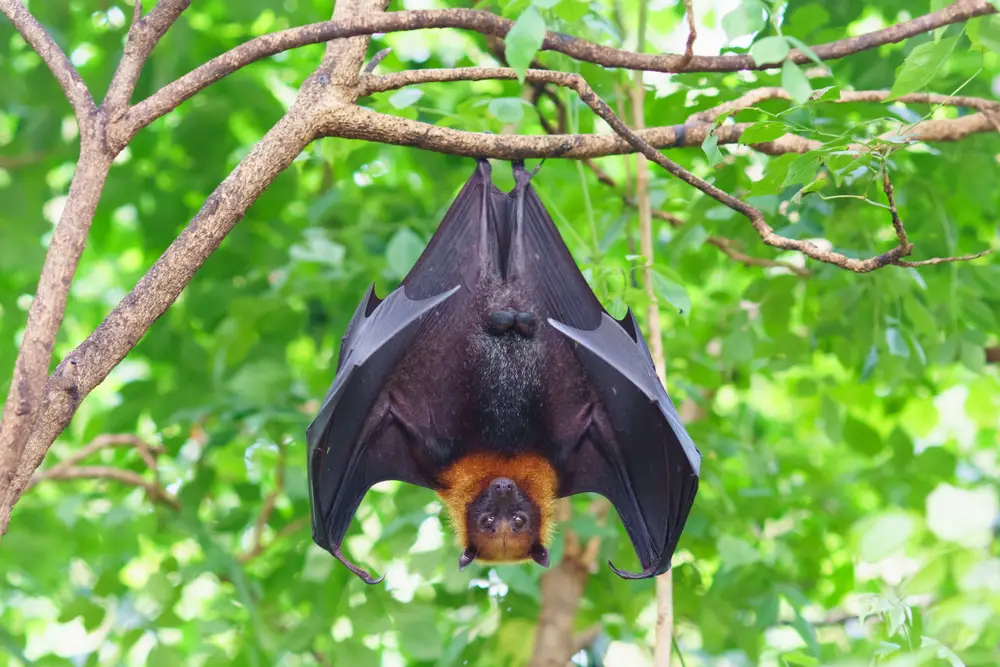
You’ve probably heard the phrase “blind as a bat,” right? It’s been tossed around so casually that people actually believe it. But here’s the thing: bats are not blind. In fact, many species have pretty decent eyesight, and some even see better than humans in low light conditions. They’re experts at using echolocation, which is like having super hearing and sonar all rolled into one. So, next time you’re tempted to use that analogy, think about how well a bat can actually see in the dark. According to the U.S. Geological Survey, bats have small eyes with very sensitive vision, which helps them see in conditions we might consider pitch black.
And let’s not forget, their echolocation skills are so advanced, they can locate the tiniest of insects mid-flight. That takes some serious precision! So, while they might be the night’s stealthy hunters, they’re far from being blind. The next time you see a bat, remember, they see you quite well too. Let’s retire the myth and give bats the credit they deserve for their amazing abilities.
2. Owls Are Wise
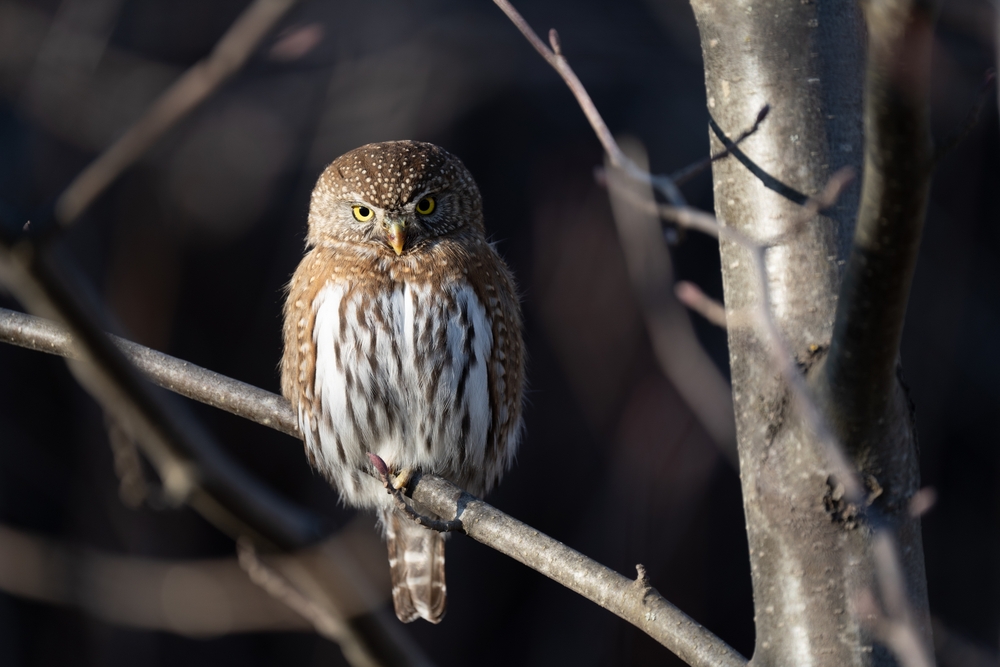
The image of the wise old owl has been around for centuries, but let’s just say it’s more of a fairy tale than fact. Owls are fascinating creatures, no doubt about it—according to BirdFact, they can turn their heads almost 270 degrees and have incredible night vision. However, in the bird world, they’re not exactly topping the avian IQ charts. They mostly rely on their physical adaptations rather than any particular cleverness to hunt and survive. Their “wisdom” likely comes from their association with Athena, the Greek goddess of wisdom, not any actual intellectual prowess.
Owls do have some nifty survival tricks, but wisdom? Not so much. They’re not solving puzzles or using tools like some other birds renowned for their smarts, such as crows or parrots. So while they’re excellent hunters and have an air of mystery, calling them wise might be a stretch. Let’s appreciate owls for what they truly are—remarkable creatures perfectly designed for their nocturnal lifestyle, but not exactly the philosophers of the animal kingdom.
3. Goldfish Have a Three-Second Memory
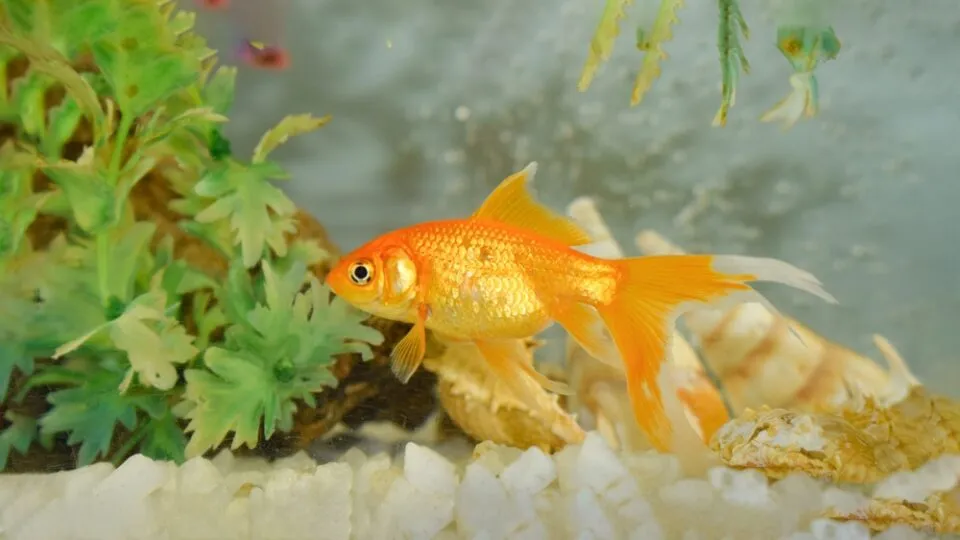
If you’ve ever had a goldfish, you’ve probably heard someone claim that they only have a three-second memory. Poor goldfish always getting the short end of the stick in these myths! The truth is, goldfish have much better memories than people give them credit for. Research has shown that they can remember things for weeks, if not months. They’re capable of recognizing their owners, remembering feeding times, and even learning to navigate mazes.
So before you pity your goldfish for its supposedly short memory, remember that they can actually be quite smart. They’ve been trained to push levers and differentiate between shapes and colors. Goldfish are a lot like that friend who quietly pays attention to everything but doesn’t brag about it. So next time you watch your goldfish swimming around, know they’re probably more aware than you think.
4. Dogs See in Black and White

Remember when everyone thought dogs only saw in black and white, as if they were living in an old-timey movie? Turns out, that’s not entirely true. Dogs do see the world differently than humans, but they can perceive colors, just not as vividly. They have two types of color receptors, while humans have three. This means their color spectrum is limited, but they can still see a range of colors like blues and yellows. So, their world isn’t as dull as we once thought.
It’s more like looking through a mildly sepia-toned filter than going grayscale. While the grass may not be as green for dogs, they can still tell the difference between shades and hues. So next time someone says dogs only see in black and white, you can confidently correct them. Your canine companion is seeing a bit more color than that!
5. Camels Store Water in Their Humps

Ever heard that camels store water in their humps? It’s one of those myths that sound plausible until you think about it for more than a second. The truth is, camel humps are actually reservoirs of fatty tissue, not water. This allows them to endure long periods without food by metabolizing the fat. When camels do drink water, they store it in their bloodstream, not in their humps. It’s an efficient system, but not quite the water tank people often imagine.
Camels can drink up to 40 gallons in one go, but all that water gets stored in their body fluids, not their humps. So the next time you hear someone mention camels’ water-storing humps, you can set the record straight. Their humps are more like an energy reserve, keeping them nourished over long, dry stretches. It’s an impressive adaptation, but not the water-cooler scenario we’ve been led to believe.
6. Elephants Never Forget
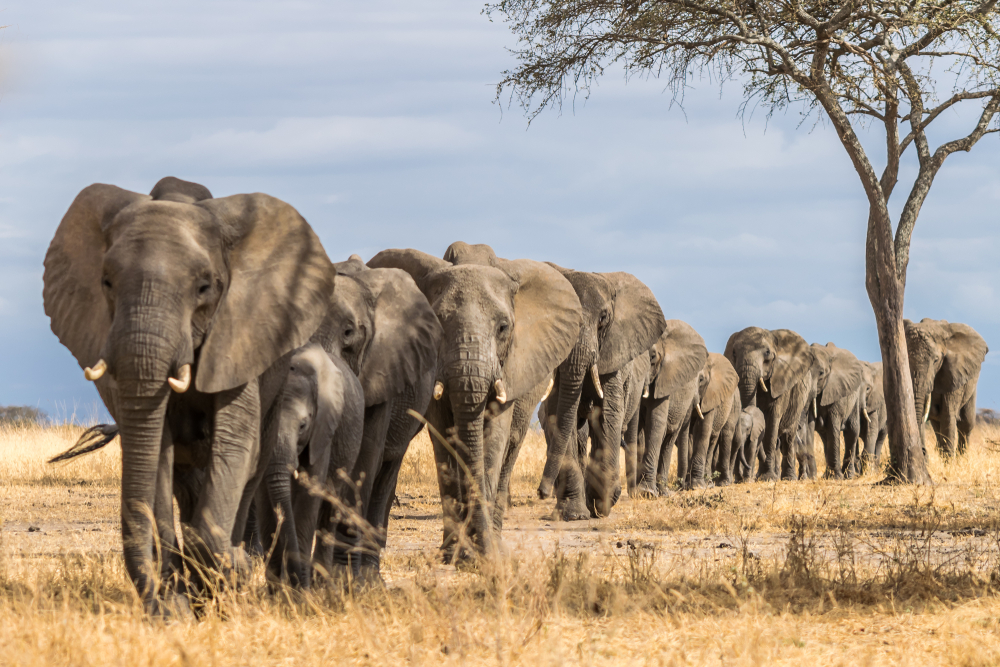
The phrase “an elephant never forgets” paints a picture of these animals as memory titans. While it’s true that elephants have excellent memories, the idea that they never forget is a bit exaggerated. Elephants have been known to remember their family members, friends, and even humans they’ve encountered years ago. They rely on their memory for recognizing migratory routes and finding water sources. However, like any animal, their memory isn’t infallible.
Despite having great recall abilities, they aren’t walking encyclopedias. They do have large brains and are highly intelligent, but their memories are prone to fading just like ours. So, while they might have a better memory than most animals, they aren’t immune to forgetfulness. Let’s appreciate their intelligence and memory for what they are—exceptionally good but not perfect.
7. Mother Birds Abandon Babies Touched By Humans
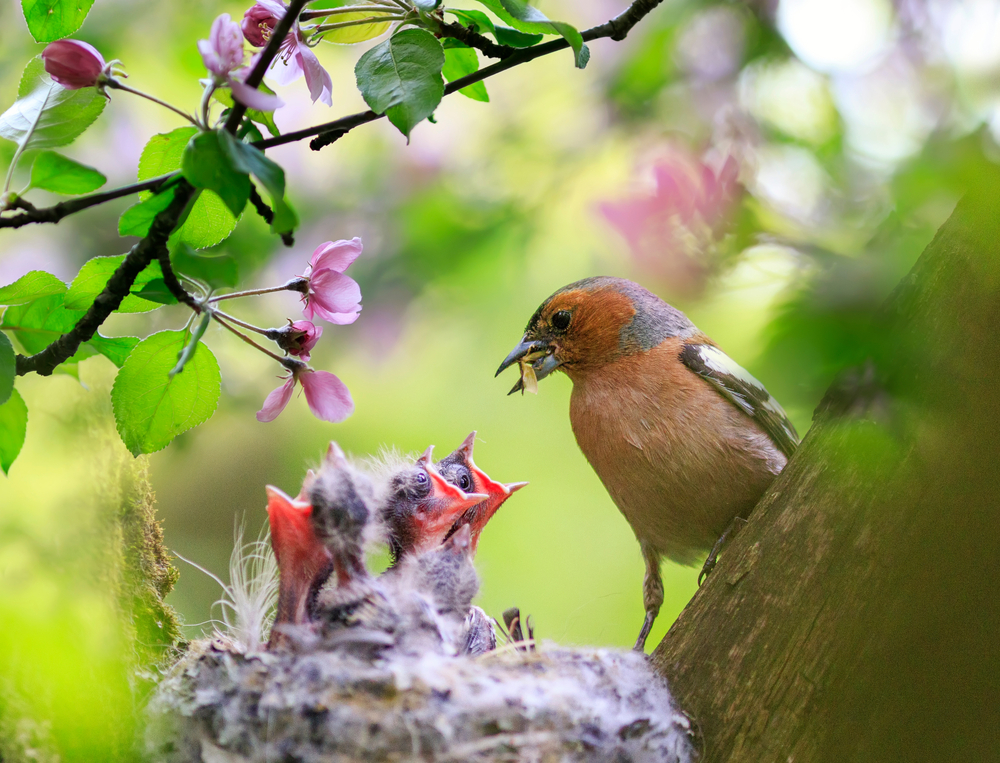
Many of us grew up with the notion that if you touch a baby bird, its mother will abandon it. Sounds heartbreaking, right? Fortunately, this is just a myth. Most birds have a limited sense of smell, so they probably wouldn’t even notice your scent on their chicks. If you find a baby bird on the ground, it’s usually safe to return it to the nest. The parents are likely keeping a close eye and will return once the coast is clear.
So, don’t worry about your accidental interference causing an avian family rift. The parents are likely more concerned about their chick’s safety from predators than any human scent. It’s a relief to know that a little human help won’t lead to abandonment. Let’s keep this myth firmly in the past and continue to help our feathered friends when they need it.
8. Bulls Hate The Color Red
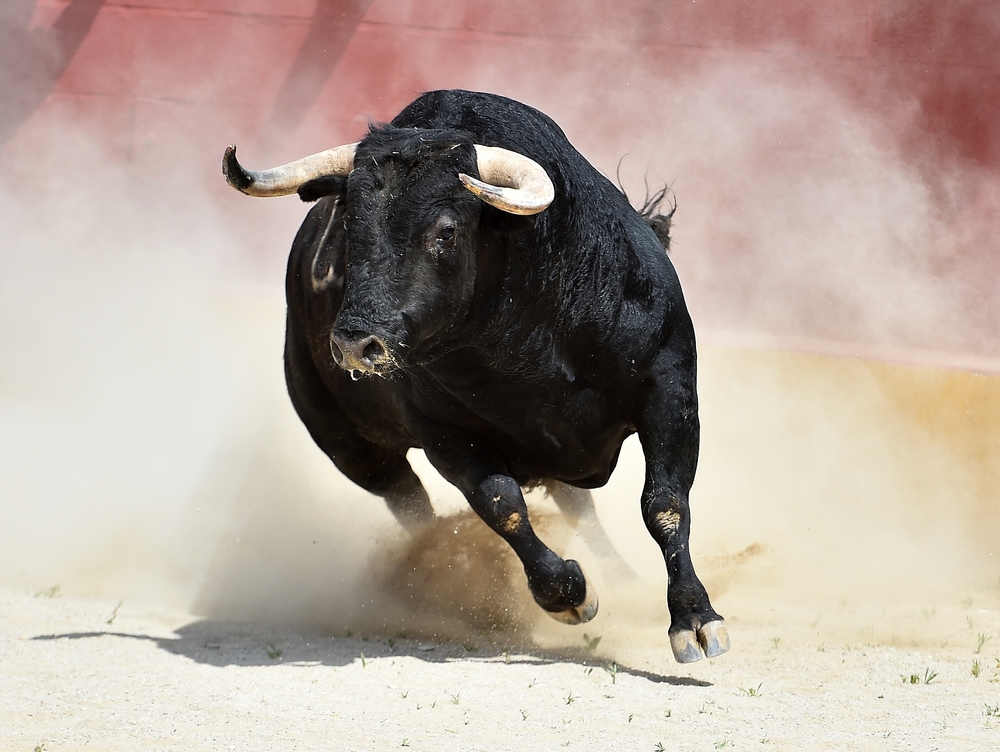
The image of a matador waving a red cape to enrage a bull is iconic, but it’s not the color red that gets their goat—so to speak. Bulls, like other cattle, are actually colorblind to red. The movement of the cape is what attracts and angers them. So, a blue or green cape would stir up the same reaction. It’s all about movement and not color, turning this myth into quite the red herring.
Bulls react to motion more than anything else, which makes them charge when the cape is flailed around. It’s the waving, not the shade of the fabric, that gets their attention. So, while it makes for a dramatic scene in bullfights, the color itself is irrelevant. Let’s wave goodbye to this myth and appreciate the real reasons behind a bull’s charge.
9. You Can Get Warts From Toads
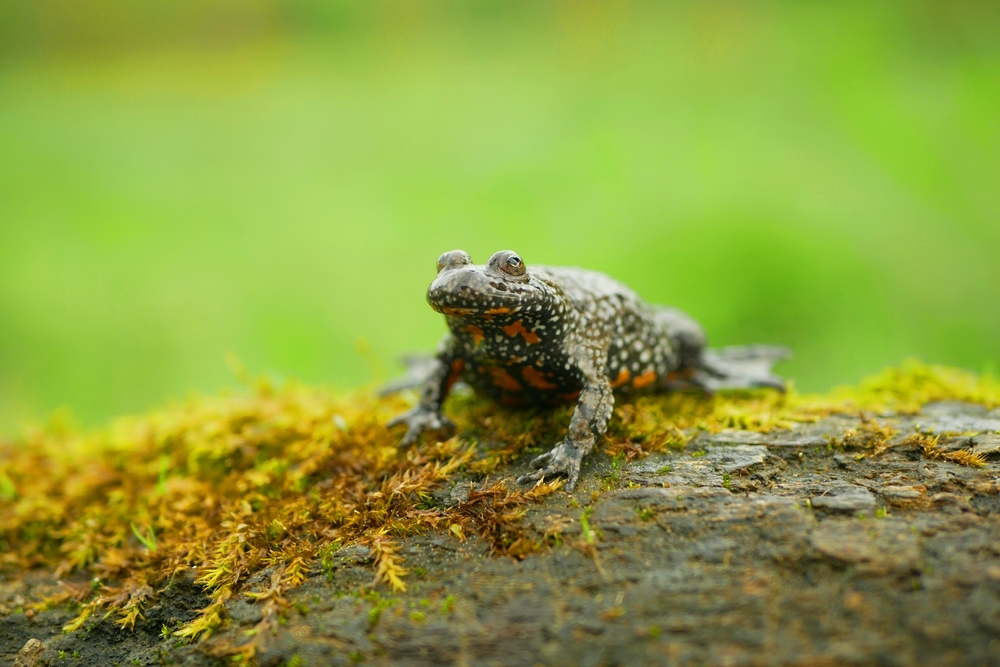
Remember being told that touching a toad would give you warts? It’s a myth likely born to keep us from handling these amphibians too much. While toads do have bumpy skin, those bumps aren’t contagious warts. They’re glands that secrete a mild toxin to deter predators. Human warts are caused by a virus, not amphibians. So, feel free to safely handle toads without fear of suddenly sprouting warts.
It’s important, though, to wash your hands after handling any amphibian, as they can carry other germs. But rest assured, those bumps won’t transfer to you. It’s just another one of those myths that sound plausible until you dig into the facts. Let’s put this one to rest and appreciate toads for the fascinating creatures they are without the wart worries.
10. Ostriches Bury Their Heads In The Sand
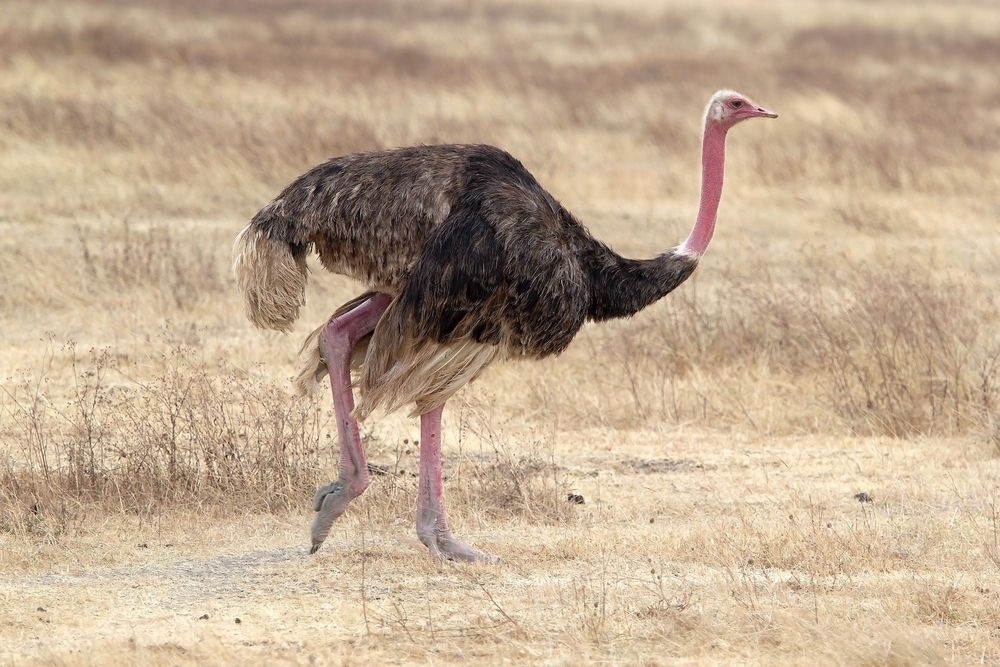
We’ve all heard that ostriches bury their heads in the sand to avoid danger. It paints a picture of a giant bird with its head comically stuck in the ground. In reality, ostriches do no such thing. When threatened, they might lie low to the ground, but they don’t bury their heads. This myth likely comes from their habit of digging holes in the sand to turn their eggs, making it appear from a distance like their heads are buried.
When ostriches sense danger, they rely on their long legs to run at impressive speeds to escape. The myth is more of a misunderstanding of their nesting behavior than any real attempt to hide. It’s time to lift our heads out of the sand on this one and recognize ostriches for the fast, fascinating creatures they are. They’re not hiding—they’re just minding their nests.
11. Cats Have Nine Lives

The idea that cats have nine lives is a comforting notion but far from reality. These agile creatures do have a knack for surviving falls and mishaps thanks to their quick reflexes and flexible bodies. However, they’re just as mortal as any other animal. The myth likely comes from their ability to land on their feet and escape danger with what seems like uncanny luck. But rest assured, each life they live is their one and only.
Cats may be skilled at evading danger, but they’re not invincible. Their survival skills don’t equate to having multiple lives. It’s an endearing myth, but one that underestimates their true abilities. Let’s appreciate cats for their real talents and not rely on the safety net of mythical extra lives. They’re amazing, but just as fragile as any other living creature.
12. Sharks Can Smell Blood From Miles Away
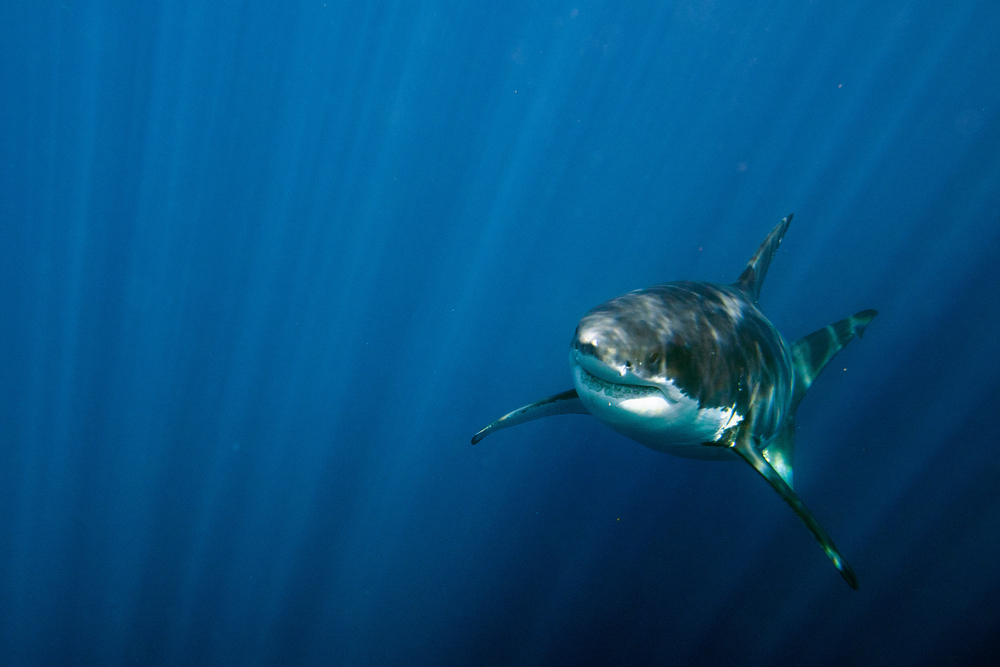
The thought of a shark honing in on a single drop of blood from miles away is a terrifying image, but it’s a bit of an exaggeration. Sharks do have an acute sense of smell and can detect small amounts of blood, but not from miles away. They rely on a keen sense of smell combined with other senses to locate prey. This myth likely comes from their reputation as efficient hunters, but it takes favorable conditions and more than just scent to draw them in from long distances.
Sharks are amazing predators with a finely-tuned sense of smell, but they’re not as supernatural as the myths suggest. They’re more likely to pick up cues from their environment before honing in on a potential meal. Let’s give sharks the credit for their highly developed senses without attributing them superpowers. Their real abilities are impressive enough without the extra hype.
13. Lemmings Commit Mass Suicide
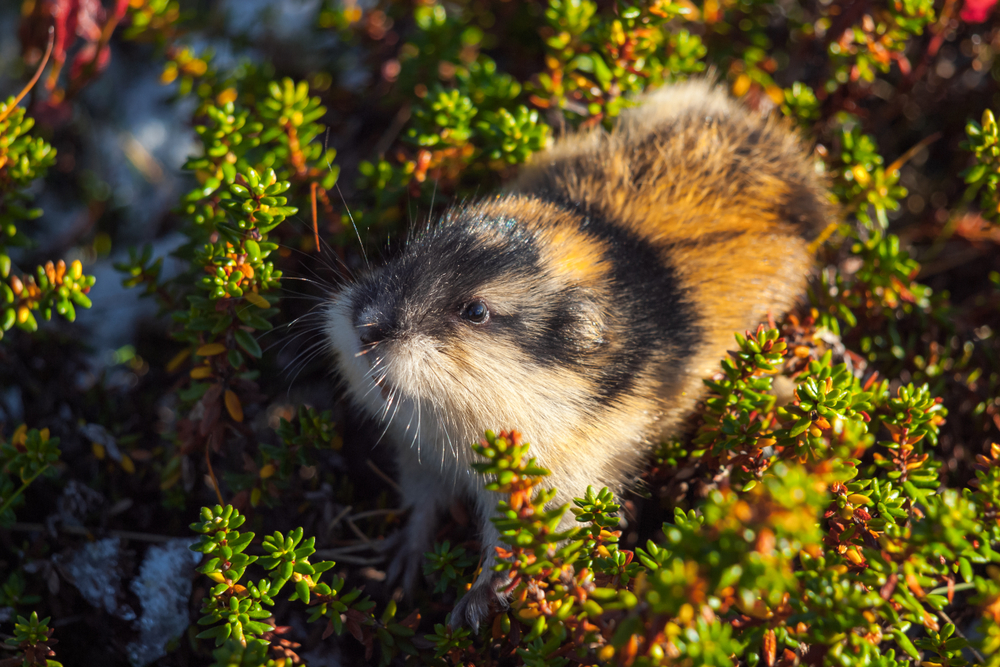
The myth that lemmings commit mass suicide is a bizarre and persistent one. It’s largely fueled by a staged scene from a nature documentary decades ago. The truth is lemmings do not intentionally throw themselves off cliffs. They do migrate in large groups, which can sometimes lead to accidental falls, but suicide is not part of their behavior. This myth is a dramatic misinterpretation of natural events taken to an extreme.
Lemmings are just trying to find new habitats and resources, not embarking on a death march. Their migrations can be perilous, but it’s more about survival than self-destruction. Let’s leave this myth in the past and understand that lemmings, like any animal, are driven by the instinct to survive, not to leap to their deaths. It’s a myth that does them a great disservice.
14. Snakes Are Slimy
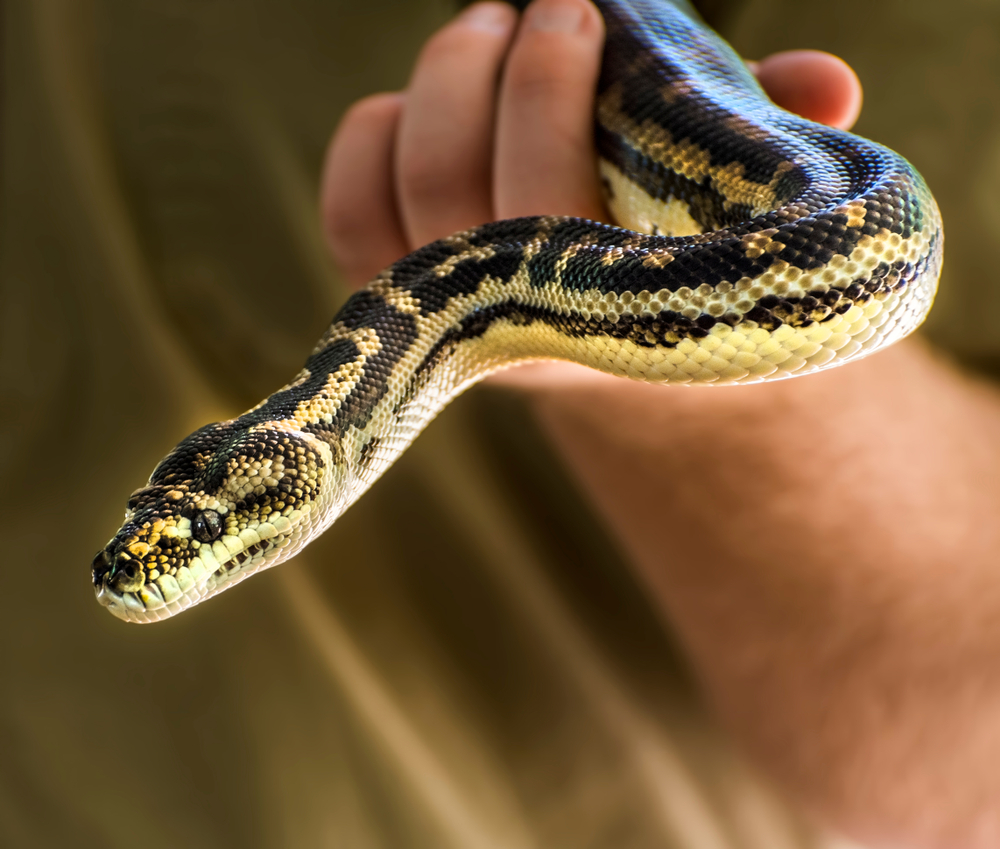
If you’ve ever touched a snake, you know they’re anything but slimy. Their skin is smooth and dry, not wet or sticky. The misconception might come from their shiny scales, which can give the illusion of being slick. Their appearance might be deceptive, but snakes are not slimy creatures at all. They have an incredible skin structure that allows them to move with great agility and navigate various terrains.
Snakes are fascinating in their design, and their scales are an adaptation that allows them to thrive in their environments. So, if you find yourself face-to-face with a snake, know that the only thing slippery about them is their ability to suddenly disappear into the underbrush. Let’s shed this myth and appreciate snakes for the incredible creatures they really are.
